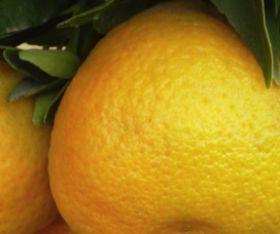
Japan has given the green light to imports of sweet oranges and mandarins from Argentina.
The breakthrough follows ten years of efforts from the Argentine government and Senasa, Argentina’s animal and plant health authority.
The Japanese market is now open to sweet orange varieties, including Washington navels, Late Lanes and Sulstiana, as well as mandarin varieties (Clementine, Ellendale, Murcott and Nova) –all of which must undergo cold treatment for Mediterranean fruit fly.
“The Argentine government is grateful for the cooperation of the Japanese government in enabling Argentine citrus to reach consumers in this important market, which will benefit both countries,” said chancellor Héctor Timerman in a press statement.
Japan opened its doors to Argentine lemons, Valencia oranges and grapefruit back in April 2003, but the stringent cold treatment protocols prevented trade from taking off, according to Junichi Moriya, president of major importer-wholesaler Tokyo Seika Trading.
“When it comes to Argentine lemons, we had a very bitter experience in the past because the lemons could not stand up to the cold treatment protocol,” he said (lemons must undergo cold treatment at 2.2oC for 19 days). ”Most of the shipments were affected by chilling injury when they arrived here, so no Argentine lemons are coming here now.
The protocol for mandarins requires cold treatment at 2.1oC for 23 days while the three varieties of sweet oranges must undergo 21 days at 2.1oC – and Moriya feels such conditions could similarly damage fruit and dampen interest from Japanese importers.
“The outcome could potentially be negative,” he warned. “In my experience, I have found that citrus fruit that has to be treated at low temperatures under 3oC suffers serious damage such as chilling injury.
“It’s particularly the case for lemons and oranges with a thin skin as generally the optimum temperature for storing them is 8-10oC.'
Moriya added that fruit undergoing cold treatment in reefer containers had suffered more damage due to air circulation. He also pointed to the risk of shipments being rejected on arrival by Japan’s plant quarantine officers, who analyse the temperature records to ensure that the protocol has been adhered to.



